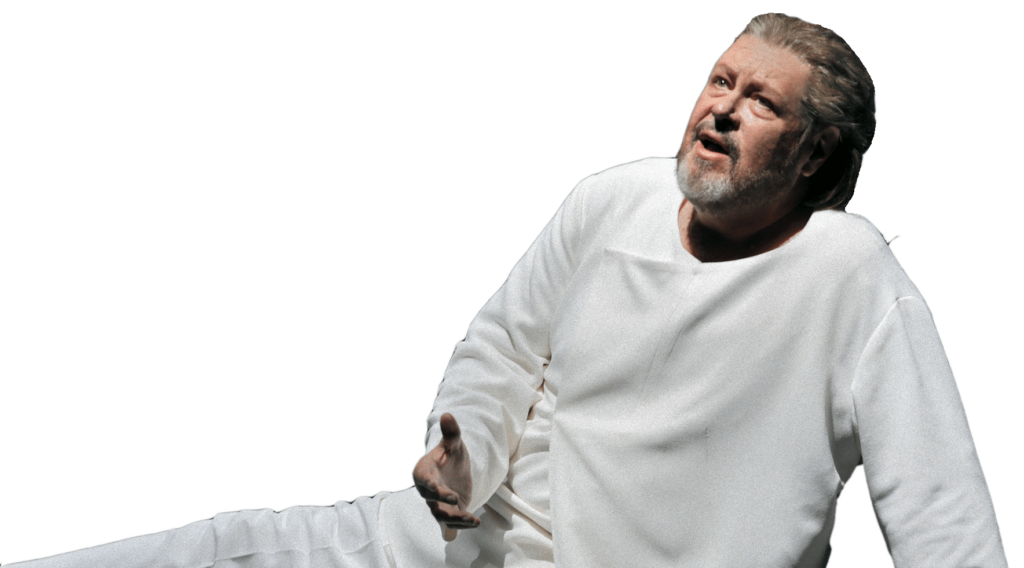The Flying Dutchman (first performed in Dresden in 1843) is Wagner’s fourth opera and is considered by most musicologists (as it was by Wagner himself) to represent Wagner’s first properly mature work with the first steps being made towards the construction of a continuous music drama rather than start-stop-aria-recitatif. It also represents the first of Wagner’s operas for which the theme of redemption through love assumes a central importance. Although the significance of the event may have been exaggerated by many (including by Wagner himself) it seems likely that a sea crossing Wagner made from somewhere to London in 1839 that should have taken 8 days but lasted three and a half weeks may have informed some of the inspiration for the opera.
The story starts with Daland a Norwegian seaman who, due to a severe storm, has been forced to take refuge in a fjord not far from his village. Silently a second boat docks alongside consisting of the Dutchman and his ghostly crew. As is then explained to Daland by the Dutchman (at some length!) he is a man condemned to sail the seas for eternity unless he can find a woman to love and marry him, the central problem here being that only once every seven years is he allowed to come ashore for one night to find the lady of his salvation. In the course of their conversation it emerges that as Daland has an eligible daughter and the Dutchman has lots of treasure of little use to him that some sort of deal is a real possibility. Indeed, Daland clearly more concerned with his potential wealth than his daughter’s well-being readily agrees for the Dutchman to join him as his guest in the village as the storm clears.
In Act 2 the scene changes to Daland’s house in which a group of girls are busily spinning with (believe it or not) a portrait of the Dutchman hanging prominently above the door. Things are looking good for the Dutchman as, after the famous “Spinning Chorus” it becomes clear that Daland’s daughter, Senta, already has an obsession with this strange looking man. Not surprisingly then when Daland enters with the Dutchman Senta is stunned. Things then move pretty quickly (as they often do for matters romantic in opera) and it is not long before Senta and the Dutchman are effectively betrothed. Daland is of course ecstatic at his forthcoming new found wealth. But there is a potential spanner in the works as Eric, a local huntsman who has been courting Senta is also in still the mix.
In Act 3 the Norwegian crew is making merry upon their ship when the local girls arrive. After some prompting, gradual stirrings are then heard from the Dutchman’s ship and, after some time a fully-fledged singing competition emerges. The Dutchman’s crew wins. Eric then enters belittling Senta for leaving him for this total stranger about whom she knows nothing, also reminding her of their previous mutually stated love. Unfortunately the Dutchman is hiding nearby and is privy to this conversation and – his many years at sea clearly having made him the unreasonably jealous type – decides that this means that Senta cannot be faithful to him in the future. Senta pleads with him but the Dutchman cannot be reconciled and sets to sail away. In despair and so as to prove her faithfulness until death, Senta then throws herself into the sea. The Dutchman’s boat then instantly sinks and the sun rises with the Dutchman and Senta seen heading hand-in-hand heavenward: The Dutchman’s curse has finally been removed.

